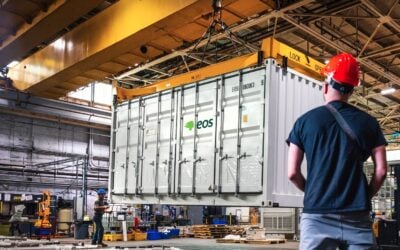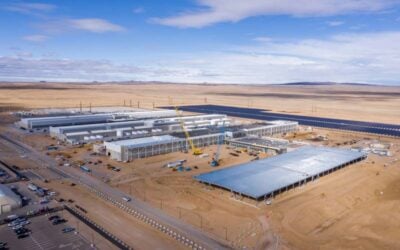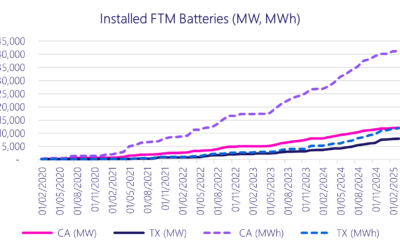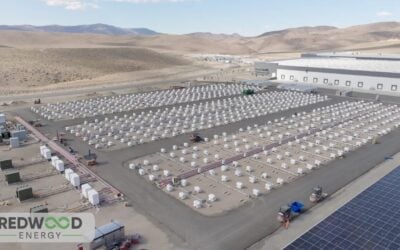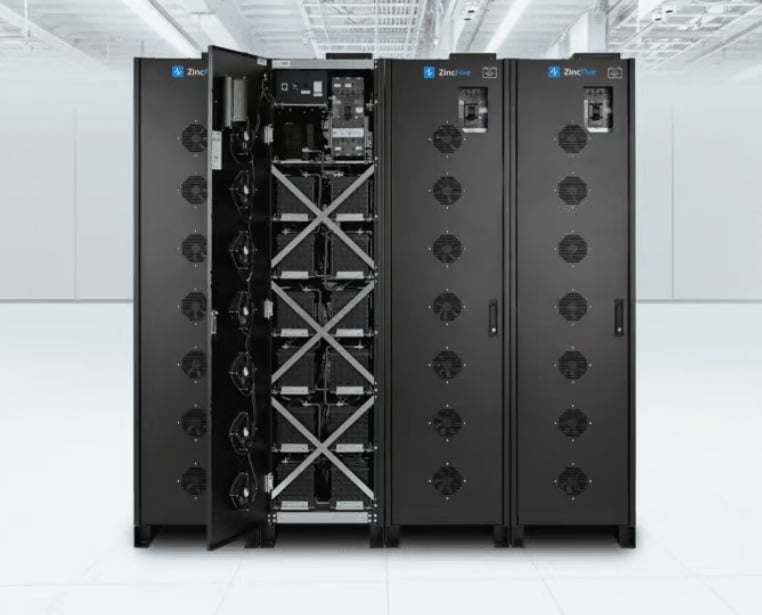
Startup ZincFive, maker of a novel nickel-zinc battery for stationary storage applications, has brought its total investment raised since founding seven years ago to more than US$200 million.
The Oregon, US-headquartered company said it has successfully closed negotiations on a term loan worth US$80 million with Orion Infrastructure Capital (OIC), an investor in “environmentally and socially innovative infrastructure” solutions.
Enjoy 12 months of exclusive analysis
- Regular insight and analysis of the industry’s biggest developments
- In-depth interviews with the industry’s leading figures
- Annual digital subscription to the PV Tech Power journal
- Discounts on Solar Media’s portfolio of events, in-person and virtual
The investment brings on OIC, formerly known as Orion Energy Partners, as a strategic partner to ZincFive, which is targeting high-power energy storage applications including at data centres and industrial engine starting that require mission-critical, uninterrupted and good quality power supply.
The agreement follows ZincFive’s US$54 million Series D funding round at the end of last year, when the company said it had by that point raised US$139 million in total over the past seven years.
The fresh commitment from OIC brings that total to around US$219 million, although the battery company said it has recently also closed further financing from the Series D from sustainability-focused investor Clear Creek Investments.
ZincFive claims its rechargeable nickel-zinc (NiZn) battery has high power density, is fully recyclable, can be manufactured with a low carbon footprint and is not flammable. Other advantages the company has claimed include the ability for depleted or weakened cells to remain conductive, meaning that systems can run for longer before requiring maintenance or replacement parts.
As can likely be inferred from its target markets and applications, the battery is deemed by ZincFive to be suitable for high power, short duration applications that require high discharge rates. The company’s projects include a zinc-based battery energy storage system (BESS) for backup at a new data centre development in Wyoming, currently under construction.
The investment from its new strategic partner will be used to accelerate development of ZincFive’s global sales and marketing networks, advance its pipeline of new products and support the development of high-volume production lines based in the US. It will also go towards the company’s activities in recycling.
ZincFive alongside numerous other zinc-based battery players
Zinc has long been spoken of in academic as well as industry circles as a material with the potential to complement, if not compete with, lithium-ion in the energy storage sector, along with flow batteries, and sodium-ion. Known to be relatively abundant and easy to mine with established supply chains for use in other industries, the main challenge to date has been in making zinc-based batteries rechargeable.
ZincFive is part of a growing number of zinc-based battery providers in the energy storage space: perhaps the most established player is EOS Energy Enterprises, which makes a zinc hybrid cathode battery that plates and replates zinc in a 3-hour duration system that can be stacked to create durations of up to about 12 hours.
Others include the very similarly-named Zinc8, which nonetheless makes a completely different type of zinc battery to ZincFive. Zinc8’s technology is described as a type of zinc-air flow battery, and the company is in the process of establishing a US$68 million manufacturing facility in New York State, while its tech is being used in a 15-hour duration pilot project in the state by NYSERDA to assess if it can be safe for use in urban environments.
Energy-Storage.news recently spoke with the CEO of yet another, Australia’s Redflow, which makes a flow battery based on zinc-bromine electrolyte, and is a sort of hybrid of flow battery and zinc plating battery tech, CEO Tim Harris said.
In a blog published on this site last year, Dr Josef Daniel-Ivad, executive director of the trade association Zinc Battery Initiative, wrote in detail about the use of zinc in batteries – from its history in the first-ever battery, created by Alessandro Volta two centuries ago, to the potential of present-day innovators and hopefuls, as well as the challenges they face.

